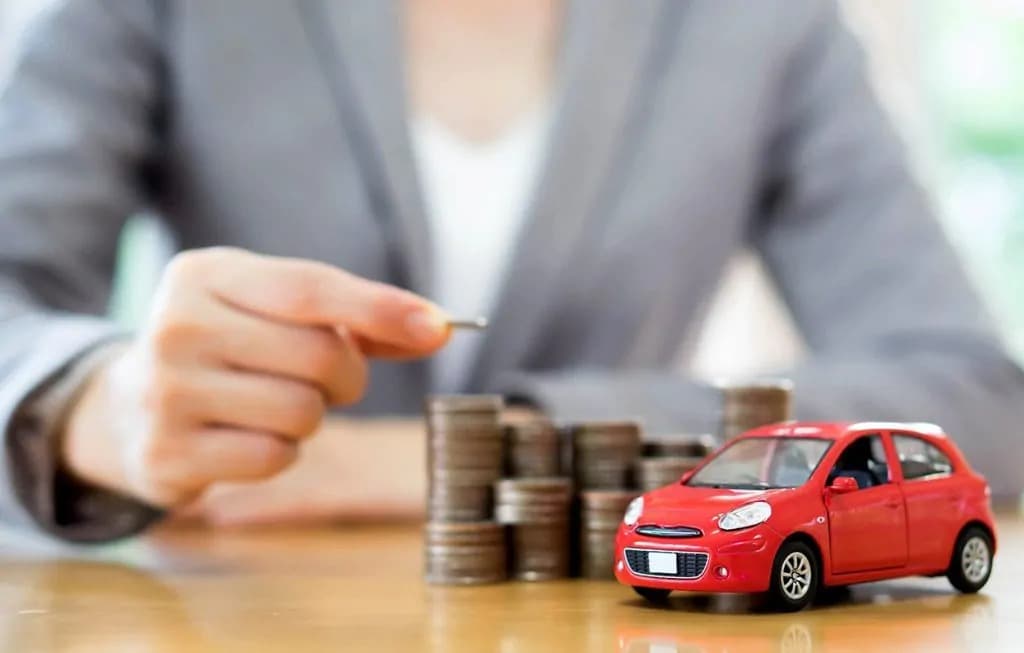Table of Contents
- Introduction
- The yearly cost of owning and maintaining a car can be expensive
- One way to save money is to get your car serviced regularly. This includes oil changes, tune-ups, and tire rotations.
- Ways to save money on car maintenance
- You can also save money by shopping for the best deals on parts and labor when you need to take your car into the shop.
- A good insurance policy can save you lots
- Conclusion
- Frequently Asked Questions
Home » How to Save Money on the yearly Cost of Owning and Maintaining a Car
Introduction
Have you ever thought about how much money it costs to keep your car on the road? Owning and maintaining a car is not cheap, but there are ways to save money by regular maintenance and repairs. In this blog post, we will take a look at the yearly cost of owning and maintaining a car so that you can make informed decisions about your automobile expenses.
We know that it is a necessary evil to keep paying to keep your car going, but trust us that if you don’t keep it up to date with the required maintenance, there is a chance that, down the line, there’s a big bill waiting. We look at the overall costs of owning a car, what you can do to keep those costs down, and other aspects of keeping your car running smoothly here.
The yearly cost of owning and maintaining a car can be expensive

Owning and maintaining a car is a significant financial responsibility that should not be taken lightly. Costs such as fuel, registration, insurance, vehicle repairs, and regular maintenance can quickly increase over 12 months. The cost of car ownership will also depend on the type of vehicle being driven; for example, a new sports car may involve more expensive repair costs than an older sedan.
It’s important to remember that the driving costs will increase if regular trips are undertaken as additional fuel and wear and tear on the car will be incurred. Considering these points, it is clear that owning and maintaining a car involves substantial financial investments that should be considered before making a purchase.
One way to save money is to get your car serviced regularly. This includes oil changes, tune-ups, and tire rotations.
Efficient means of transportation come with a price and regular maintenance. The yearly costs of owning and maintaining a car can range from hundreds to thousands of dollars. One smart way to save money is to ensure that critical car services, such as oil changes, tune-ups, and tire rotations, are performed regularly. These proactive measures help reduce the probability of costly breakdowns in the long run and extend the life of your vehicle. Get your car serviced regularly to maximize its lifespan and minimize repairs – you’ll thank yourself for it later!
Ways to save money on car maintenance
The yearly cost of owning and maintaining a car continues to increase, leaving many seeking new methods for reducing expenses. As such, another way to save money is to do your repairs when possible. Instead of paying someone else to change oils, fix a flat tire, or jump-start a battery, these tasks can be advantageous for DIY mechanics who want to save some cash.
Doing your own repairs can save you a lot of money as several car repair services come with pretty high bills if done at a mechanic’s or dealership. Plenty of tutorial videos are available online, which can help people with less technical experience feel confident performing their own maintenance on a vehicle.
You can also save money by shopping for the best deals on parts and labor when you need to take your car into the shop.
While regular maintenance and preventive care is often the best way to keep your car in top condition, some unlucky drivers run into expensive needs for repairs as well. When repair needs arise, it can be overwhelming to research what’s needed and to find reliable parts and labor.
But there are ways you can seek out the best deal for yourself. Taking the time to shop around and compare prices on parts, labor costs, warranties, and customer service reviews can help you find a dependable source that meets both your specific needs and your budget. You may even save hundreds of dollars if you’re willing to put in a bit of extra effort to find the best deal for your vehicle’s repair work.
A good insurance policy can save you lots
Investment in good car maintenance plan
Owning and maintaining a car can be costly; however, taking the right steps and investing in a good insurance policy can protect your wallet. Yearly expenses such as repairs, fuel, and yearly registration fees can quickly add up, so making sure you have an appropriate policy is essential.
Investing in an insurance policy provides peace of mind and helps ensure that you don’t pay more than necessary if something unfortunate happens.
Conclusion
Taking care of your car regularly is the best way to prevent expensive repairs down the road. Following these simple tips can save a lot of money and keep your car running smoothly for years to come. Do you have any other tips for saving money on car ownership? Share them in the comments below!
Frequently Asked Questions
How much does the average person spend on a car each year?
The answer to the question of how much the average person spends on a car each year depends on several factors, such as the type of vehicle owned, its age, where it is located, and how often it is driven. Generally speaking, owning and maintaining a car can cost hundreds to thousands of dollars per year.
How can I save money on car ownership and maintenance costs?
One of the best ways to save money on car ownership and maintenance costs is to follow a regular maintenance schedule. This means ensuring your car is serviced according to the manufacturer’s recommended timeline, regularly checking fluid levels, inspecting brakes and tires, and changing air filters as needed.
What are some tips for reducing the cost of gas?
One of the easiest and most effective ways to reduce the cost of gas is to drive more efficiently. This means driving at a steady speed instead of accelerating and braking quickly, as this type of driving causes your car to burn through fuel more quickly.
How can I reduce the cost of car insurance?
One of the best ways to save money on car insurance is to shop around for the best rates and compare prices. Getting multiple quotes from different providers is a good idea to ensure you’re getting the most competitive rate.
What are the most common car repairs, and how much do they cost?
The most common car repairs are typically related to the engine, brakes, suspension, and exhaust system. Some of the most common repairs include replacing spark plugs or wires, fixing a broken belt or hose, repairing fuel injectors; changing oil and filters, replacing brake pads and rotors; and replacing worn-out shocks or struts.


